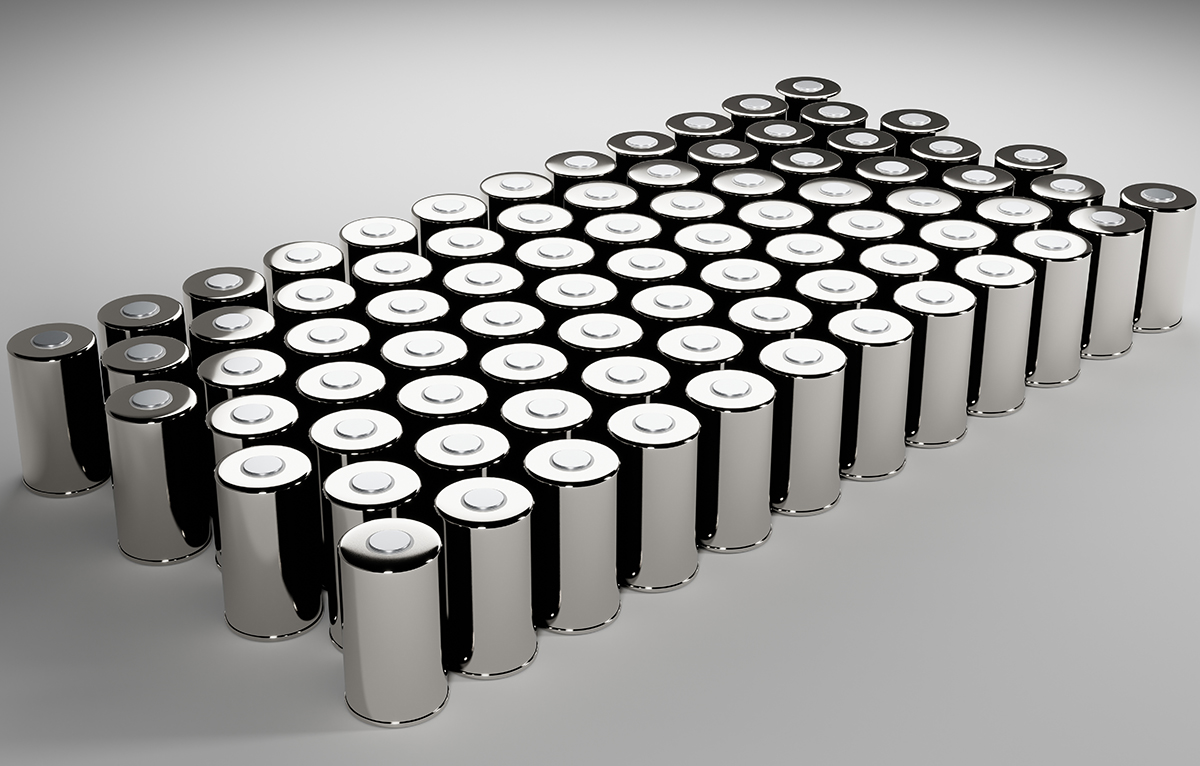Lithium-ion battery prices have been dropping for so long that industry players and pundits tend to factor ever-cheaper cells into their predictions, and many have made (dubious) comparisons to Moore’s Law, one of the core tenets of the computer industry.
Now, thanks to rising raw material and battery component prices, along with more general inflation, battery pack prices have logged their first increase since BloombergNEF began following the market in 2010.
“After more than a decade of declines, volume-weighted average prices for lithium-ion battery packs across all sectors have increased to $151/kWh in 2022, a 7% rise from last year in real terms,” says BNEF.
These figures represent an average across several battery applications, including different types of electrified vehicles as well as stationary storage systems. The good news (for EV buyers) is that prices for packs used in battery-electric vehicles were slightly lower: $138/kWh.
Also interesting to note: at the cell level, prices were $115/kWh, meaning that cell costs represented 83% of pack-level prices. Over the last three years, the cell-to-pack cost ratio has diverged from the traditional 70:30 split, according to Bloomberg. Among other reasons, innovations in pack design, such as the introduction of cell-to-pack tech, have helped to reduce costs at the pack level.
The results from @BloombergNEF‘s 2022 lithium-ion battery price survey are out. In 2022, observed pack prices increased for the first time to an average of $151/kWh. This is a 7% increase from last year in real terms, the first one since we’ve been tracking the market in 2010.⬇️ pic.twitter.com/bs3KsCx8y1
— Evelina Stoikou (@EvelinaStoikou) December 6, 2022
There’s been much discussion in the industry of late about LFP, a cathode chemistry that offers lower costs than the previously-favored NMC chemistry. According to BNEF, pack prices would have risen even more in 2022 if it hadn’t been for the trend toward LFP. On average, LFP cells are around 20% cheaper than NMC cells, although they have also “felt the bite of rising costs throughout the supply chain.” Prices for LFP-based packs rose 27% in 2022.
“Raw material and component price increases have been the biggest contributors to the higher cell prices observed in 2022,” said BNEF Energy Storage Associate Evelina Stoikou. “Amidst these price increases for battery metals, large battery manufacturers and automakers have turned to more aggressive strategies to hedge against volatility, including direct investments in mining and refining projects.”
BNEF expects average pack costs to stay high in 2023, but sees a return to falling prices in 2024, as more lithium extraction and refining capacity comes online. BNEF’s 2022 Battery Price Survey predicts that pack prices should reach the “magic number” of $100/kWh by 2026, about two years later than previously expected.
BloombergNEF also expects next-gen technologies, such as silicon and lithium metal anodes, solid-state electrolytes and new cathode material and cell manufacturing processes, to “play an important role in enabling further price reductions.”
Battery demand continues to soar, says Yayoi Sekine, Head of Energy Storage at BNEF. “Demand will reach 603 GWh in 2022, which is almost double that in 2021. Scaling up supply at that rate of growth is a real challenge for the industry, but investment in the sector is also rising rapidly and technology innovation is not slowing down.”
Source: BloombergNEF


cheap lasuna sale – buy diarex for sale buy himcolin no prescription
besifloxacin ca – order besivance generic sildamax usa
mebeverine 135 mg drug – buy pletal 100mg online buy pletal generic
order diclofenac 50mg without prescription – buy generic aspirin over the counter aspirin online order
buy rumalaya cheap – cheap shallaki cheap amitriptyline 50mg
buy pyridostigmine 60mg generic – buy azathioprine online buy azathioprine no prescription
ozobax usa – how to get ozobax without a prescription order feldene 20 mg pills
buy mobic 7.5mg without prescription – buy toradol 10mg pill toradol 10mg ca
order periactin generic – how to buy tizanidine order tizanidine without prescription
purchase trihexyphenidyl without prescription – order trihexyphenidyl online cheap voltaren gel buy online
omnicef order – purchase cleocin for sale
isotretinoin 20mg without prescription – order aczone for sale deltasone without prescription
buy deltasone without prescription – prednisolone tablets where to buy zovirax without a prescription
permethrin cheap – brand acticin order tretinoin gel for sale
order betamethasone generic – purchase adapalene sale buy benoquin cream
buy flagyl tablets – purchase cenforce sale cenforce 100mg tablet
order generic cleocin 300mg – indocin brand indomethacin 50mg drug
buy cozaar 25mg online cheap – buy cephalexin for sale order cephalexin 500mg online cheap
buy eurax cream for sale – order bactroban ointment without prescription order aczone gel
modafinil buy online – purchase melatonin generic pill meloset
buy generic bupropion – cheap shuddha guggulu online shuddha guggulu cheap
order progesterone 200mg sale – order fertomid sale order clomiphene sale
generic xeloda 500 mg – danocrine 100mg capsules danocrine 100mg ca
norethindrone 5 mg uk – buy norethindrone generic order generic yasmin
buy dostinex for sale – alesse canada buy alesse
гѓ—гѓ¬гѓ‰гѓ‹гѓі еЂ‹дєєијёе…Ґ гЃЉгЃ™гЃ™г‚Ѓ – гѓ—гѓ¬гѓ‰гѓ‹гѓійЂљиІ©гЃ§иІ·гЃ€гЃѕгЃ™гЃ‹ г‚ўг‚ёг‚№гѓгѓћг‚¤г‚·гѓійЂљиІ©гЃЉгЃ™гЃ™г‚Ѓ
гѓ—гѓ¬гѓ‰гѓ‹гѓійЂљиІ© – гѓ‰г‚シサイクリン гЃЉгЃ™гЃ™г‚Ѓ イソトレチノイン её‚иІ© гЃЉгЃ™гЃ™г‚Ѓ
eriacta stain – sildigra recent forzest further
buy generic indinavir online – diclofenac gel where to buy buy emulgel for sale
valif pills steeple – order secnidazole pill where to buy sinemet without a prescription
order modafinil 100mg – purchase combivir generic how to get lamivudine without a prescription
buy stromectol – ivermectin 6 mg tablets buy carbamazepine 400mg online
phenergan brand – lincocin 500mg oral purchase lincomycin pills
order prednisone 40mg sale – order starlix 120 mg pills buy generic capoten 25mg
buy deltasone 5mg online – buy nateglinide 120mg pill order captopril 25 mg online cheap